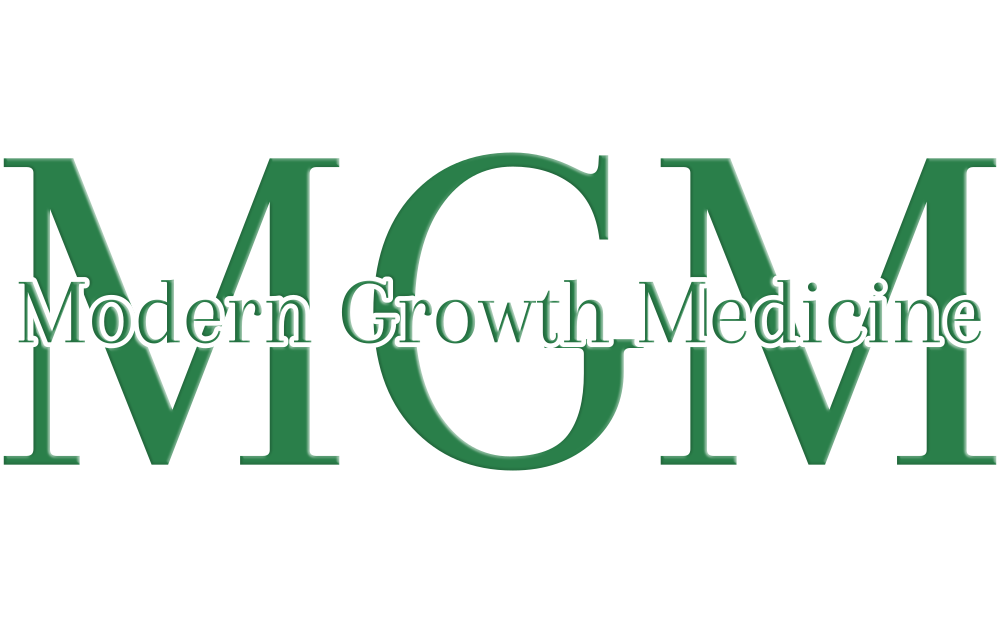Listening to What Lies Beneath: Multimodal Gateways to the Non-Conscious
In clinical offices, classrooms, and everyday conversations we often treat emotion as a neatly packaged, verbally accessible experience: Tell me what you feel and why you feel it. Yet most affective life unfolds beneath the threshold of explicit language. Neuroimaging confirms that the limbic and paralimbic circuits involved in mood regulation—amygdala, ventromedial prefrontal cortex, periaqueductal gray—activate several hundred milliseconds before the cortical networks that support narrative explanation can respond.
When a client reports “confusion,” “blankness,” or an inexplicable ache, they may not be lacking emotion; they may be encountering too much implicit emotion—raw affective data that has not yet reached symbolic form.
The psychoanalytic tradition labeled this terrain the unconscious; contemporary neuroscience calls it implicit memory or non-declarative processing. Whatever the nomenclature, one fact remains: verbal inquiry alone rarely grants direct passage.
Access requires modalities able to travel the same sensory–motor routes through which the original experience was laid down. Below, I outline a multimodal framework—drawn from somatic psychology, depth psychotherapy, contemplative science, and sensory anthropology—for working with unnamed affect. Scent is included as a potent entrée, but only as one gateway among several, each chosen for its capacity to engage the body’s pre-verbal intelligence.
1. Interoceptive Tracking: Re-establishing a Felt Lexicon
Interoception—the perception of internal bodily states—serves as the foundation of emotion construction.² Cultivating systematic attention to heartbeat, breath depth, gastric tension, and temperature fluctuations helps individuals translate vague “unease” into finer-grained physiological distinctions: fluttering, constriction, heaviness, pulsation.
Somatic tracking protocols such as the Body Scan (Kabat-Zinn) or pendulation exercises from Somatic Experiencing guide attention through incremental zones of comfort and activation, gradually enlarging the lexicon of sensation. Once mapped, these signals can be paired with descriptive language, bridging implicit sensation and explicit narrative.
Practice suggestion. Invite clients to pause for two minutes, close their eyes, and locate three distinct bodily sensations without judging them. Label each with a metaphor (“like damp cotton,” “sparks under the ribs”) rather than an emotion word. This preserves sensory fidelity while sidestepping premature cognitive interpretation.
2. Imagery and Symbol: Speaking in Pictures
Long before infants acquire speech, they think in images. Depth-oriented methods leverage this capacity by soliciting spontaneous visual metaphor. Techniques range from Jungian active imagination to contemporary guided imagery. Asking “If this sensation were a landscape, what would you see?” converts amorphous feeling into pictorial form—a format the right hemisphere and limbic networks readily manipulate. Subsequent dialog with the image (What does the desert want? What happens if you pour water on it?) externalizes inner conflict, enabling negotiation rather than suppression.
Research note. Studies using fMRI have shown that engaging in mental imagery of emotionally laden scenes recruits the same neural architecture (anterior insula, posterior cingulate) as first-person emotional recall, suggesting that symbolic work can modulate affective circuits indirectly.³
3. Sensorimotor Expression: Movement as Meaning
When words stall, the body may still move. Dance-movement therapy, Feldenkrais functional integration, and simple freeform swaying activate the cerebellum-basal ganglia loops implicated in procedural memory, unlocking narratives encoded in posture and gesture. Micro-interventions—rocking on the sit bones, shifting weight from heels to toes—can elicit buried affect in minutes. Tracking the emergent kinesthetic motif (“My arms want to push away”) often clarifies the emotional message faster than prolonged verbal analysis.
4. Breathwork and Vagal Tone: Regulating the Platform
Polyvagal theory emphasizes that the capacity to feel is constrained by autonomic state. If the system is lodged in sympathetic overdrive or dorsal vagal collapse, introspection can retraumatize rather than reveal. Coherent breathing (six breaths per minute), box breathing, or humming-based vagus nerve stimulation provide rapid, bottom-up stabilization, creating the physiological bandwidth required for deeper inquiry into implicit content.
5. Auditory Landscapes: The Sonic Portal
Sound bypasses linguistic filtering via direct thalamic projections to the amygdala. Whether through carefully curated music therapy playlists, drumming entrainment at 4–8 Hz, or simply noticing ambient noise, auditory input can surface preverbal affect. Clinicians might ask, “If your mood had a soundtrack, what instruments would play?” Shifts in tempo, key, or volume within improvised music often mirror—then gently modulate—the client’s internal oscillations.
6. Olfactory Cues: Scent as Limbic Shortcut
Smell, the most ancient of senses, projects monosynaptically to the piriform cortex and amygdala without thalamic relay.⁴ This unique wiring accounts for the jolting vividness of odor-evoked memory. In AromaGnosis and related practices, essential oils are selected not as pharmaceutical fixes but as evocative catalysts. A single inhalation of frankincense may evoke spacious solemnity; vetiver might ground; neroli can surface grief tinged with hope. Because olfaction is highly idiosyncratic—shaped by culture and autobiographical memory—clients should self-select aromas. Importantly, scent functions best when embedded in a broader protocol: somatic tracking before inhalation, journaling or artwork afterward, ensuring the experience integrates across sensory channels.
7. Dream Tending and Nocturnal Phenomenology
Dreams—spontaneous narratives generated during REM—offer nightly updates from the non-conscious. Dream-tending methods ask the dream image what it wants from us rather than what it means for us. Recording dreams immediately upon waking, re-entering them in guided reverie, and enacting them through gesture or collage translates nocturnal symbols into waking insight. Because dream content often holds affect that could not be processed during the day, respectful engagement prevents cumulative emotional load.
8. Expressive Writing: From Sensation to Semantics
James Pennebaker’s expressive writing paradigm demonstrates that timed, uncensored writing about emotionally salient events reduces physician visits and improves immune parameters.⁵ The mechanism appears to involve transferring diffusely activated limbic representations into coherent cortical schemas. When paired with the modalities above, writing becomes the final alchemical step: sensations, images, movements, sounds, and scents crystallize into a narrative the prefrontal cortex can organize and remember without re-traumatization.
A Composite Protocol for the “Unnamable Mood”
- Ground. Begin with one minute of coherent breathing to stabilize autonomic state.
- Track. Scan the body; note three dominant sensations.
- Select a Gateway. Choose one non-verbal modality intuitively—perhaps gentle rocking, a sketch pad, or an essential oil. Engage for 3–5 minutes with open curiosity.
- Amplify Imagery. Ask spontaneous metaphors to emerge. If an odor triggers a childhood scene, linger there; if a drumbeat becomes a heartbeat, follow its rhythm.
- Symbolic Dialog. Invite the image, movement, or aroma to speak: “What do you need?”
- Write. Spend eight minutes in uncensored writing, capturing shards of insight without striving for coherence.
- Integrate. Conclude with a posture or stretch that embodies any newfound clarity; thank the body and the chosen modality for their guidance.
The entire sequence can be completed in twenty minutes and scales for individual or group settings. In psychotherapy, each stage aligns with distinct neural targets: breathwork regulates the brain-stem–vagal complex; interoception maps onto the insula; imagery engages right-hemisphere visuospatial networks; writing consolidates in left-hemisphere language areas. By orchestrating these circuits, we convert raw implicit data into explicit, story-ready knowledge.
Rethinking “Understanding”
Western intellectual culture prizes rapid cognitive mastery: Name it, explain it, solve it. Yet complex affect often matures on a biological timetable indifferent to analytic deadlines. Carl Rogers reminded therapists that “the facts are friendly” only after they feel safe enough to emerge. Multimodal work respects this latency. Instead of forcing premature coherence, it cultivates a hospitable milieu—physiological safety, sensory resonance, symbolic elasticity—within which implicit material can ripen into conscious meaning.
In practical terms, the goal is less translation than accompaniment. Scent molecules, drumbeats, brush-strokes, diaphragmatic pulses all serve as bilingual friends who speak both limbic and cortical dialects. They sit with us in the fog until contours appear on their own. Sometimes clarity arrives in the session; sometimes it takes a dream-visit three nights later. Either way, the practitioner’s task is to keep the channels open and the judgments low.

